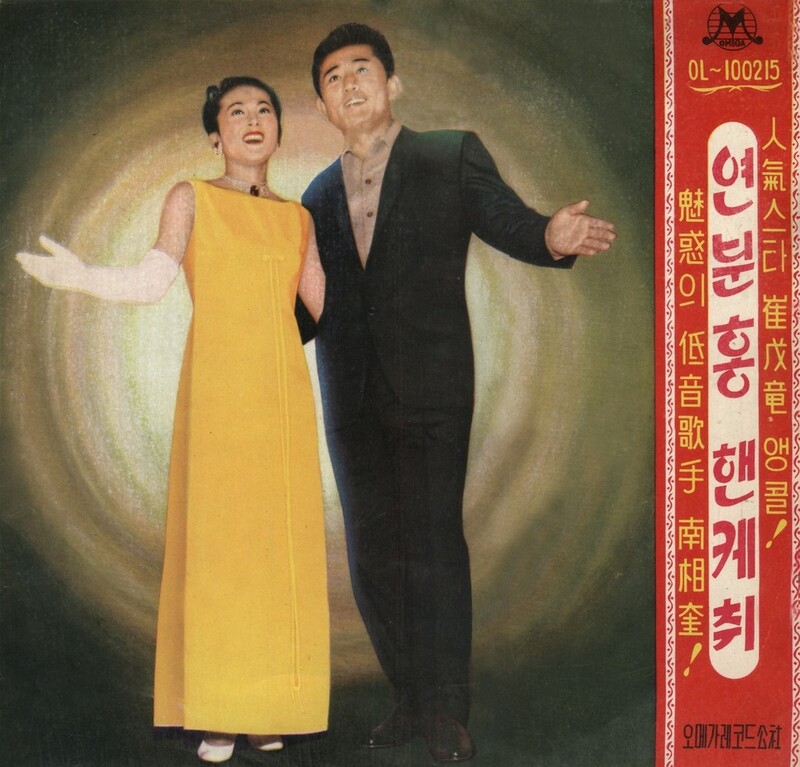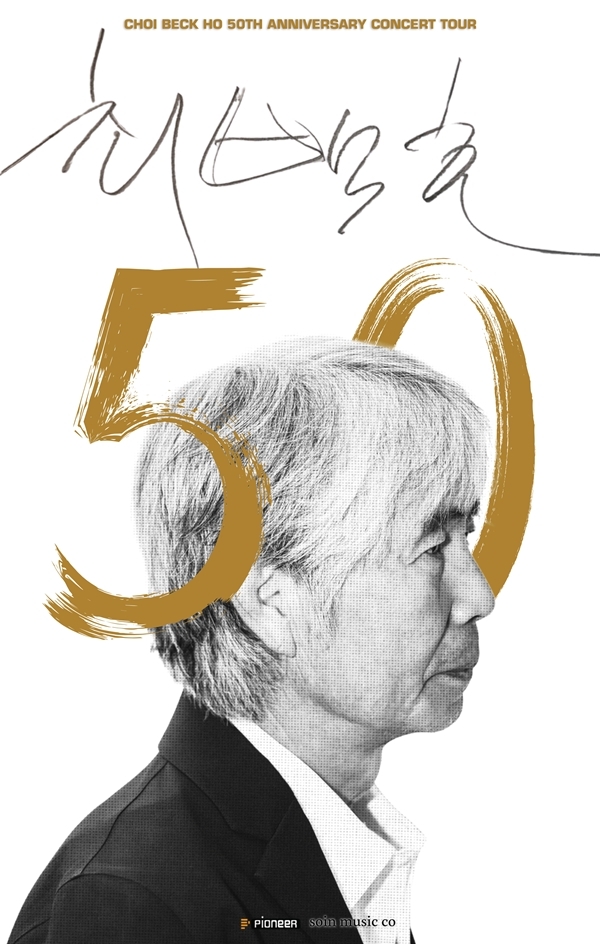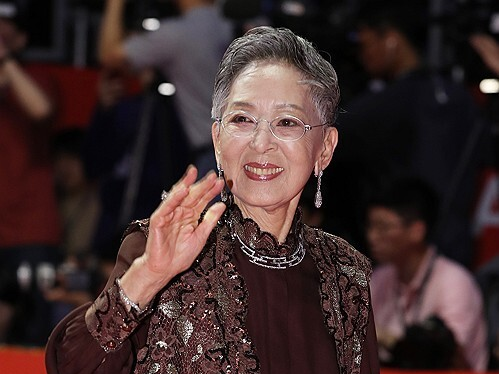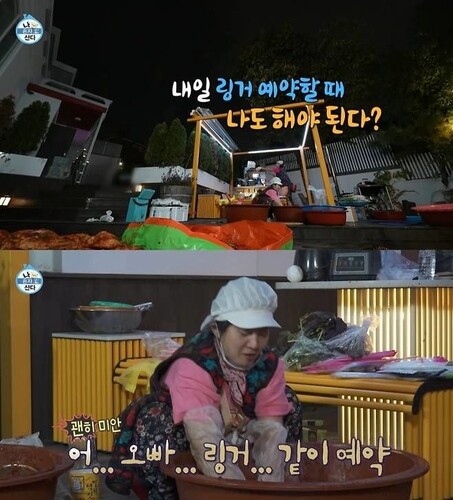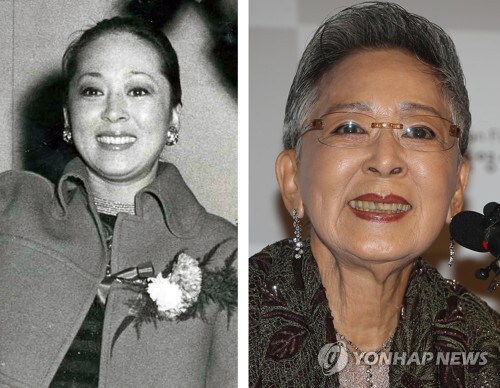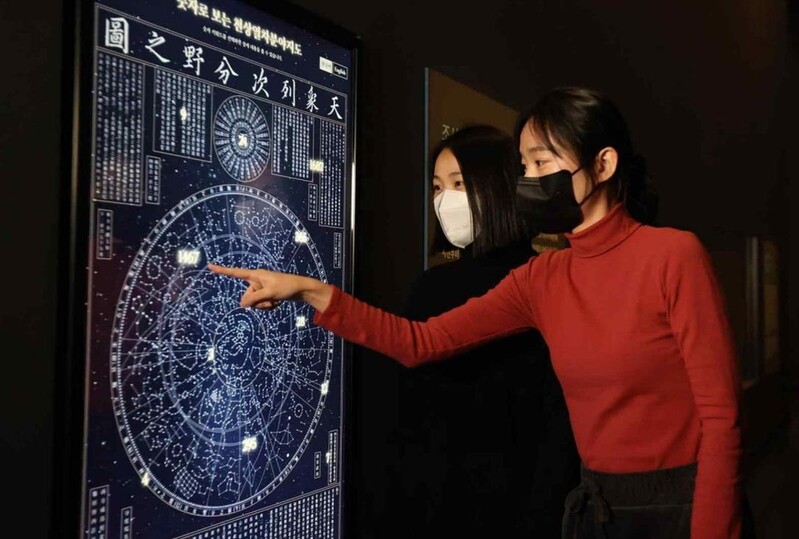 |
| ▲This photo provided by the National Palace Museum of Korea show, Scientific Achievement of the Joseon Dynasty Gallery. (PHOTO NOT FOR SALE) (Yonhap) |
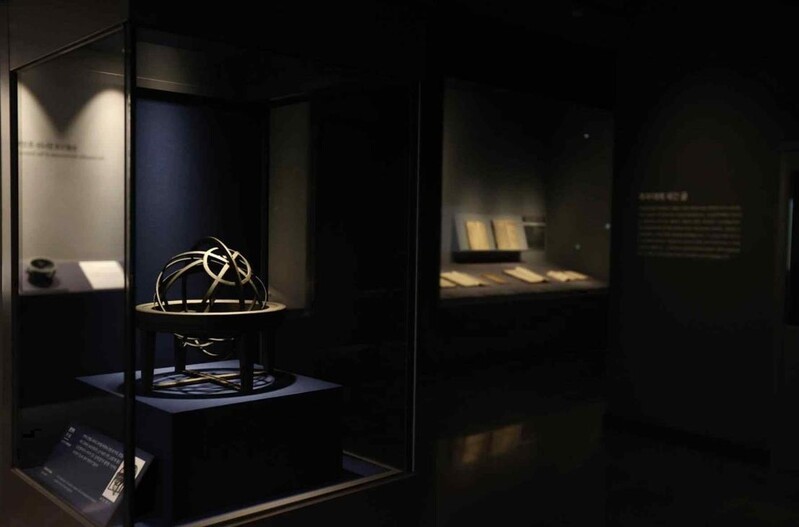 |
| ▲This photo provided by the National Palace Museum of Korea show, Scientific Achievement of the Joseon Dynasty Gallery. (PHOTO NOT FOR SALE) (Yonhap) |
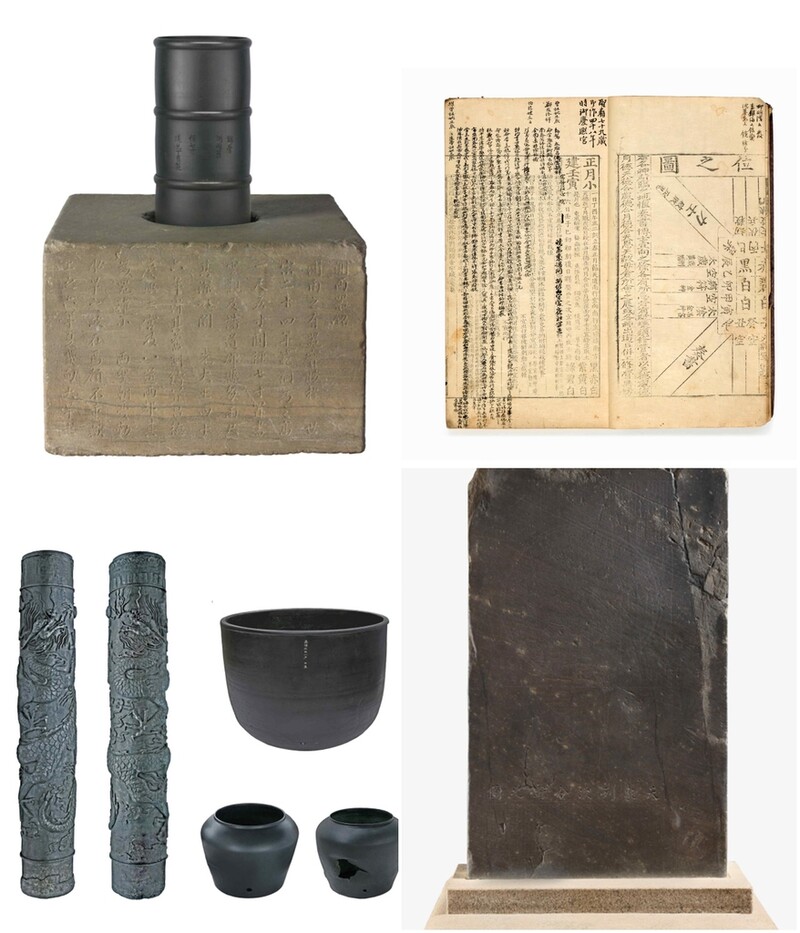 |
| ▲This photo provided by the National Palace Museum of Korea show, exhibited items. (PHOTO NOT FOR SALE) (Yonhap) |
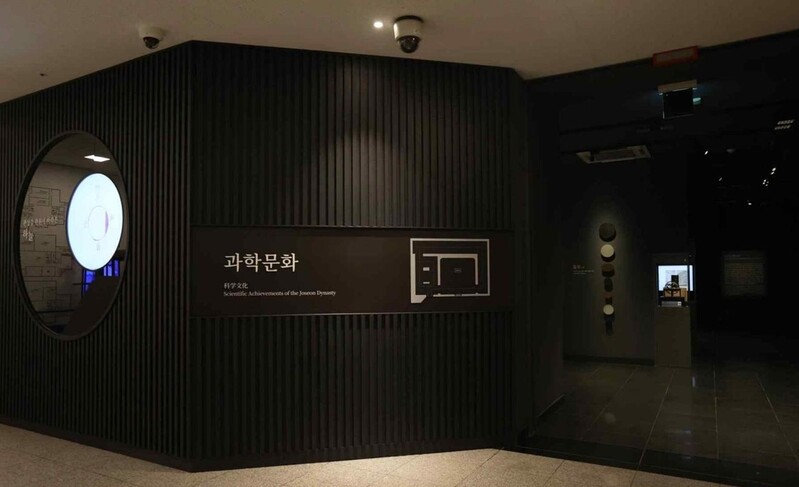 |
| ▲This photo provided by the National Palace Museum of Korea show, Scientific Achievement of the Joseon Dynasty Gallery. (PHOTO NOT FOR SALE) (Yonhap) |
SEOUL December 26 (Yonhap) -- Science within the Joseon Dynasty was beyond expected.
One of the main task as a King was to analyze the constellation to configure the almanac, and to tell the accurate date and time to the public.
National Palace Museum of Korea an affiliate of Cultural heritage administration of Korea, will be opening the Joseon Dynasty gallery after a series of renovation.
The newly remodeled Scientific Achievement of the Joseon Dynasty Gallery features stone constellation chart, and more in total of 45 pieces in field of science, addressed National Palace Museum of Korea on Monday. The newly remodeled Scientific Achievement of the Joseon Dynasty Gallery went under six months of renovation.
The renovated gallery features exhibition themed on Gwansang Sushi, which is the practice of observing celestial bodies setting solar terms, dates, and times based on these observations, and
The exhibition showcases how the gwangsang susi, the foremost duty of Joseon Kings, was the major component of the state ideology.
Moreover Imunwon Hall in Changdeokgung Palace will be showcased throughout the exhibition which showcases scientific development in year 1442 which is within the era of King Sejong regime and after the development of “Water Clock,” “Water Clock Pedestal.”
“Honcheonui,” a celestial globe which symbolized the sovereignty, “Yingum (literal translation)” which showcases 28 various zodiac signs and various heritages show the relevance within Joseon dynasty and astronomy.
Continuing on the exhibition will showcase the development within the field of astronomy and the interest royal family had towards the subject.
Visitors of the exhibitions will be provided with a segment where it showcases the development regarding the subject of astronomy within Joseon Dynasty.
“Angbuilgu,” the sundial, and Horizontal sundial, and partial remains of the water clock, “Jagyeongnu’s” one of the parts the jar, and more will be showcased
Moreover, the video of “Stone constellation Chart” which is known to be the second oldest constellation chart engraved on rock is one of many exhibited aspects to see within the newly renovated Scientific Achievement of the Joseon Dynasty Gallery.
Video regarding the “Stone Constellation Chart” will be played every 15 minutes.
Museum focused on informing these historical achievements during previous eras within the field of science to all the visitors in a manner where they will be able to easily understand the concept.
For example, the museum placed replicas of “Angbuilgu,” “Jagyeongnu” and in total of 4 historical developments so that visitor will be able to take a closer look and even touch.
“Visitors will be able to fully experience the exhibition using all five scenes because we will not only screen videos related to historical heritage, but the exhibition will be playing relative sounds, such as rain drops for water clock segment, and more.” addressed official from the National Palace Museum of Korea.
The exhibition will kick off from December 27.
(This article is translated from Korean to English by Joonha Yoo)
(END)
(C) Yonhap News Agency. All Rights Reserved









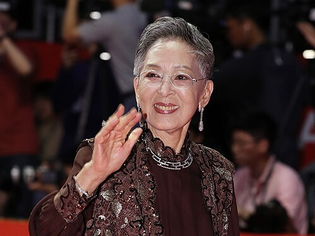



![[가요소식] 10대 싱어송라이터 민서, 데뷔 싱글 '미로'](https://korean-vibe.com/news/data/20251211/yna1065624915952705_742.jpg)
